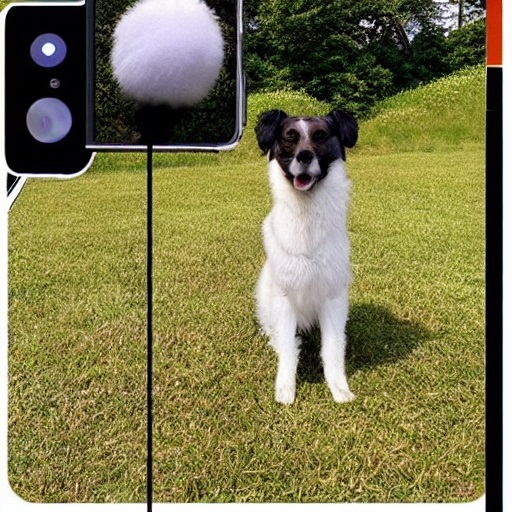Why iPhone has two or three cameras?
iPhones typically have multiple cameras to provide users with more options for capturing high-quality photos and videos.
For example, newer iPhones often have a primary wide-angle camera, a telephoto camera, and an ultra-wide camera. The wide-angle camera is ideal for everyday use, while the telephoto camera allows users to zoom in on distant objects without losing image quality. The ultra-wide camera captures more of the scene in a single shot and is ideal for landscape or group photos.
When you take a photo, the iPhone will automatically choose the most appropriate camera based on the settings and conditions. For example, if you’re taking a portrait, the iPhone will likely use the telephoto camera to achieve a more flattering and professional-looking result.
So, to answer your question, depending on the camera mode and settings, your iPhone may use one, two, or all three of its cameras to capture an image.
Apple’s iPhones have become renowned for their high-quality cameras, often setting the bar for other smartphone manufacturers to follow. One of the features that sets newer iPhones apart from their predecessors and competitors is their use of multiple cameras. In this article, we’ll explore the benefits of having multiple cameras on your iPhone.

More Options for Different Shots
The most obvious benefit of having multiple cameras on your iPhone is the ability to take different types of shots. For instance, a typical modern iPhone comes with a primary wide-angle camera, a telephoto camera, and an ultra-wide camera. These different cameras allow you to capture a variety of shots, including portrait shots, landscape shots, and group shots.
The wide-angle camera is ideal for everyday use, allowing you to take high-quality shots of everyday objects and scenes. The telephoto camera, on the other hand, is perfect for zooming in on distant objects without losing image quality. This is particularly useful when you’re at a concert or trying to capture wildlife in the distance. Finally, the ultra-wide camera is excellent for capturing large landscapes, groups of people, and wide-angle shots.
Better Quality Photos and Videos
Multiple cameras on an iPhone also mean that you can take higher quality photos and videos. The different cameras are optimized for specific types of shots, meaning that each camera can capture the best possible image or video in its respective mode. Additionally, with more than one camera, you have more flexibility in choosing the best camera for the given lighting and environment conditions.
For instance, when taking a portrait photo, the telephoto camera will be used to create the best possible shot, even in low-light conditions. On the other hand, when taking a landscape photo, the ultra-wide camera will be used to capture the entire scene, with all its details and nuances.
Improved Depth-of-Field and Focus
Another benefit of multiple cameras is the ability to achieve better depth-of-field and focus in your photos. The depth-of-field refers to the range of distance that appears acceptably sharp in your photo. Having multiple cameras allows you to capture more data about the scene, which in turn allows for a more accurate and natural-looking depth-of-field.
In addition, having multiple cameras also allows for more precise focusing. The different cameras on an iPhone have different aperture settings and focus points, which makes it easier to capture the perfect shot without any blurriness or distortion.
Conclusion
Multiple cameras have become an essential feature of modern iPhones, providing users with more options for taking high-quality photos and videos. With different cameras optimized for specific types of shots, users can capture everything from wide landscapes to close-up portraits with ease. And with improved depth-of-field and focus, your photos will look even better than ever before.
If you’re in the market for a new iPhone, be sure to consider the benefits of multiple cameras when making your choice.